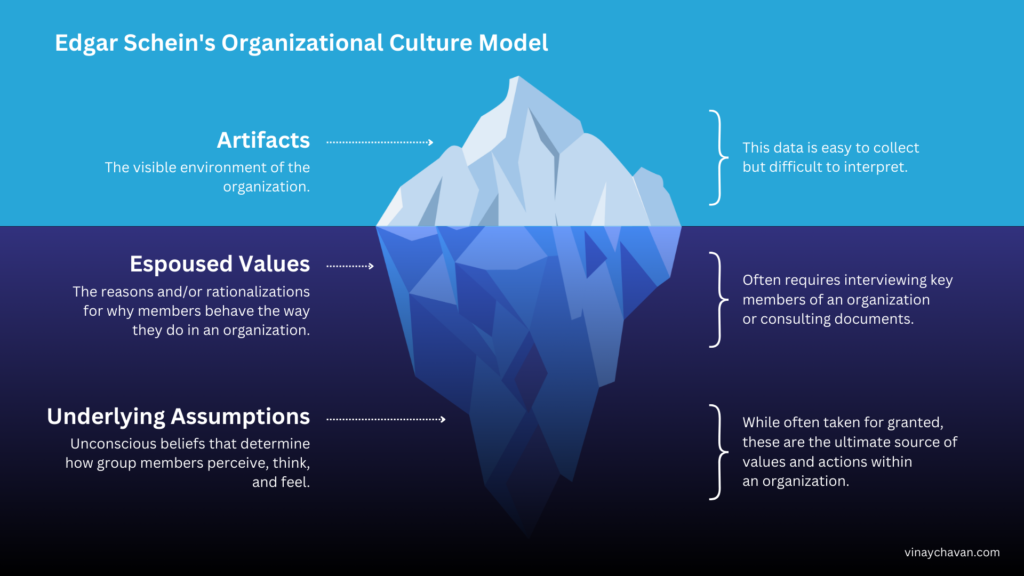In every corner of your organization lies the potential for greatness, powered by clear and open communication. Yet, when whispers and backchannel chatter begin to weave through the corridors, consider this not as mere office politics, but as a beacon highlighting deeper, more systemic challenges within your communication landscape. Your role as a leader stretches far beyond the realms of task delegation and project oversight; you are the steward of your team’s culture, the architect of an environment where trust and clarity can thrive.
Seeing these hidden conversations not as problems but as symptoms is your first step on a journey of transformation. It’s a call to action, inviting you to delve beneath the surface, to understand and address the roots of these whispers. In Sarah Drasner’s words, “As you move up the leadership chain, the further you will be from the actual metal of the problems, and thus, you need to rely on your staff and others to tell you the truth of the problem space.”
This is your moment to turn potential discord into powerful growth opportunities, to stitch together any rifts with threads of transparency and unity. Let’s understand why this happens and how we can tackle it effectively.
Understanding Why Backchannel Communication Happens
Backchannel communication typically emerges from a perceived lack of efficacy, safety, or accessibility in official communication channels. This can stem from various factors:
- Lack of Trust: If employees believe that their inputs are undervalued or ignored in formal settings, they may seek alternative routes to voice their concerns or suggestions.
- Perceived Inefficiency: The official channels may exist, but if they’re seen as slow or unresponsive, employees will naturally look for a faster way to convey information.
- Fear of Reprisal: Concerns over potential negative repercussions for speaking up can push employees towards more covert means of communication.
- Cultural Norms: An organizational culture that inadvertently favors informal over formal communication can encourage back channeling as a norm.
- Lack of Awareness or Training: Without proper knowledge or skills on effective communication practices, employees might not utilize official channels effectively.
Edgar Schein’s Organizational Culture Model offers a profound lens through which to examine and address these undercurrents. Originally published in 1985, Schein’s book “Organizational Culture and Leadership” proposed that organization culture can be analyzed on three levels: Artifacts, Espoused Values, and Basic Underlying Assumptions, guiding you in identifying and remedying the disconnects that often lead to indirect communication paths.

Artifacts as Indicators: If you notice a prevalence of gossip and backchannel chatter, these behaviors can be considered artifacts – visible indicators of deeper cultural dynamics. They suggest a misalignment within the team’s culture, pointing towards gaps between public endorsements and private practices or beliefs.
Espoused Values and Reality Check: When there’s a noticeable gap between what your organization claims to value (such as open communication) and what your team members experience, it creates fertile ground for back channeling. Your team might be bypassing official channels not out of malice, but because those channels are perceived as ineffective or, worse, punitive.
Core Beliefs Influencing Behavior: The most profound layer, the basic underlying assumptions about trust, safety, and the effectiveness of open communication, ultimately shapes your team’s communication habits. If the tacit understanding is that speaking up openly is discouraged or risky, backchannel communication becomes a natural response.
Strategies You Can Implement to Address Root Causes
1. Introducing Direct Communication Channels
- Create a 1:1 Communication Channel: Establish a dedicated channel for 1:1 meetings with team members, using a meeting agenda checklist that’s only shared between you two. Regularly address each item in these meetings, listening to feedback without judgment to ensure team members feel heard in a safe space.
- Report to Your Team: Make it a practice to report back to your team about the actions you’ve taken based on their feedback, mirroring the accountability you expect from them. This demonstrates your commitment to their concerns and the steps you’re taking to address them.
2. Normalize Seeking Help
- Demonstrate Vulnerability: Share your own experiences of seeking help, highlighting that it’s normal and safe. By sharing moments when you were vulnerable and how asking for help benefited you, you lead by example, normalizing help-seeking behavior among your team.
3. Harmonizing Artifacts with Values
- Lead by Example: Mirror the organization’s espoused values in your actions. Transparent communication and decision-making from you set a behavioral benchmark for your team.
- Implement Visible Changes: Actively support and promote open dialogue and feedback channels, like open forums and transparent policy updates, demonstrating your commitment to these values.
- Be at Service: Position yourself as a service provider to your team, focusing on facilitating their success and addressing their needs proactively.
4. Closing the Gap Between Stated Values and Practices
- Reinforce Values Through Actions: Ensure that your team’s policies and your managerial conduct consistently mirror the organization’s stated values, emphasizing the significance of these values through your actions and communication.
- Establish Effective Feedback Mechanisms: Set up channels for your team to voice their experiences and views on the congruence between espoused values and actual practices, and act on this feedback.
5. Shifting Basic Underlying Assumptions
- Cultivate a Safe Environment: Strive to create a psychologically safe space where team members feel secure in sharing their views and feedback without fear of repercussions.
- Engage in Open Dialogues: Encourage discussions that enable your team to collectively examine and potentially alter the underlying assumptions that influence their behavior, especially concerning communication and trust.
6. Maintain Continuous Evaluation and Adaptation
- Regularly Assess Cultural Alignment: Employ surveys, focus groups, or informal check-ins to evaluate the coherence between the visible culture of your team, the values you advocate for, and the foundational assumptions.
- Be Ready to Pivot: Stay flexible and ready to modify your strategies based on feedback, ensuring your initiatives to foster open communication align with your team’s evolving requirements.
These strategies, rooted in understanding and actively shaping the organizational culture, represent a comprehensive approach to addressing and mitigating backchannel communication and gossip. As you implement these strategies, remember that fostering a culture of openness and trust is an ongoing process that requires persistence, empathy, and adaptability.
Wrapping Up: Cultivating a Culture of Openness
As we’ve explored the depths of Schein’s Organizational Culture Model and its application in addressing backchannel communication and gossip, it’s clear that fostering a culture of transparency and trust is both a challenge and an opportunity for leadership. By implementing the strategies discussed, you embark on a journey towards realigning your team’s artifacts, espoused values, and basic underlying assumptions, paving the way for a more open, communicative, and cohesive work environment.
However, the journey doesn’t end here. The complexity and dynamism of organizational culture mean that there’s always more to learn, more strategies to try, and more adjustments to make. That’s where you come in. Your experiences, challenges, and successes in navigating and shaping your team’s culture are invaluable. They not only enrich your own understanding but can also light the way for others facing similar challenges.
I invite you to share your stories, strategies, and questions. Have you found effective ways to improve your organization’s culture? Are there persistent challenges that you’re grappling with? Let’s continue the conversation. Connect with me on LinkedIn. Together, we can build a community of practice, sharing insights and solutions that help us all grow as leaders and culture shapers.
Your insights and experiences are crucial to broadening our collective understanding of organizational culture and the practical steps we can take to nurture environments where everyone feels heard, valued, and motivated. Let’s collaborate to uncover new strategies, solve challenges, and contribute to creating workplaces where transparency, trust, and open communication flourish.
Looking forward to connecting, sharing, and learning together.
